RQI Investors, an Australian-based active quantitative equities manager and part of the First Sentier Investors Group, today launches across the UK and continental Europe to coincide with its 15-year anniversary in Australia.
Dialling down carbon intensity in portfolios could have less of an impact on risk and return than some might think, but the impact will vary depending on the sectors, styles and regions investors are weighted towards. Globally oriented investors can potentially reduce carbon intensity with a small addition of tracking error, but those wanting to address carbon intensity with a high exposure to Australian stocks might find it more difficult.
We consider ESG risks to be factors that may place business value at risk. Companies at risk are identified using both external providers and our own internally driven research, which is based on a systematic and extensive company meeting program.
The debate over the importance of intangible assets continues, in academia and in the market. Parts of the investment community dispute the inclusion of intangible assets in a company’s asset base, claiming that the definition of intangibles is too restrictive or perhaps not restrictive enough.
Leveraging our recent paper, ‘Reducing carbon intensity in portfolios: Better news than you think’, which analysed the investment impact of reducing carbon exposure versus the benchmark; we turn our attention to how we can reduce carbon risk in our Value strategies. This aligns with our commitment to reducing carbon exposure across our strategies.
We believe financial markets, critical to society’s ability to function, are under threat. For too long, it has been widely accepted that short-term performance, growth, risks and financial returns should be maximised at the expense of environmental and social outcomes.
Diversity is a business issue as well as an ethical one. There is a raft of research demonstrating that gender diversity contributes to better business and economic outcomes.
Last quarter I visited infrastructure companies in Tokyo, Osaka and Nagoya. The trip included visits to ten corporate head offices and three site tours. This paper seeks to share some of the key findings from my meetings with Japanese passenger rail and utility companies.
Recently I attended the largest US utility conference, the 2024 Edison Electric Institute (EEI) Financial Conference, in Hollywood, Florida. I met with management teams from 26 regulated electric and gas utility companies.
Conventional economic theory assumes individuals are perfectly rational in their decision making under uncertainty. This is usually known as expected utility theory. It is different to prospect theory, which represents more how people actually behave (“irrationally”?) rather than how they are expected to behave.
In September 2023, I met more than 30 global listed infrastructure companies and stakeholders from the UK, Europe and China. The following travel diary summarises my impressions and findings from these meetings.
2024 was a good year for global listed infrastructure. Strong earnings for energy midstream and a step-change in the earnings growth outlook for utilities helped the asset class to shrug off rising bond yields and political uncertainty.
Global listed infrastructure gave up ground in the December quarter as a 78 basis-point increase in US 10-year bond yields weighed on interest rate-sensitive assets.
Global Listed Infrastructure delivered strongly positive returns during the September quarter, aided by robust quarterly earnings numbers and the US Federal Reserve’s first interest rate cut since 2020.
Global Listed Infrastructure delivered positive returns during the June quarter, reflecting positive investor sentiment and generally robust fundamentals.
Over the last decade the electricity sector has been at the forefront of decarbonisation, ahead of transport, industry and agriculture.
This paper asserts that macro towers will remain at the heart of a modern, mobile data communications network despite the continual development of new technologies.
Global listed infrastructure underperformed in 2023 owing to rising interest rates and a shift away from defensive assets. Relative valuations are now at compelling levels. Infrastructure assets are expected to see earnings growth in 2024 and beyond, aided by structural growth drivers.
Global listed infrastructure gained during the March quarter as mounting tariff concerns drove a rotation into defensive assets. The Fund returned +2.5% after fees, compared with a +0.5% return from its benchmark index.
Das beste Erlebnis für Sie
Ihr Standort :  Germany
Germany
Australia & NZ
-
 Australia
Australia -
 New Zealand
New Zealand
Asia
-
 Hong Kong (English)
Hong Kong (English) -
 Hong Kong (Chinese)
Hong Kong (Chinese) -
 Singapore
Singapore -
 Japan
Japan

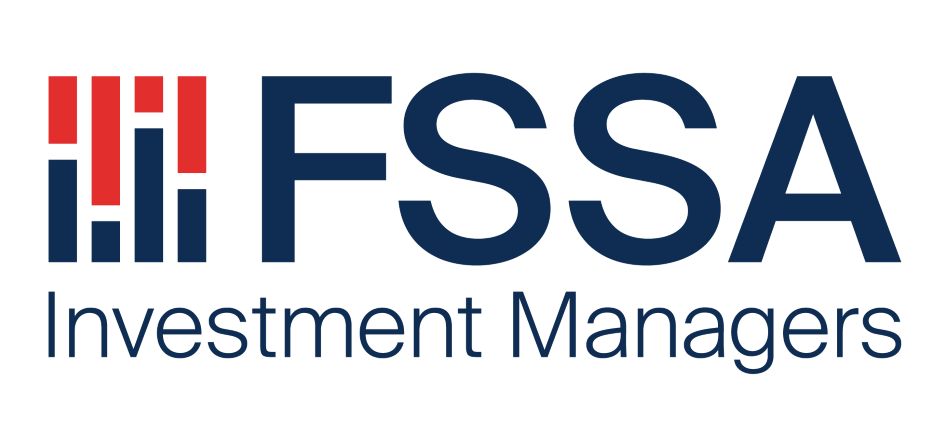
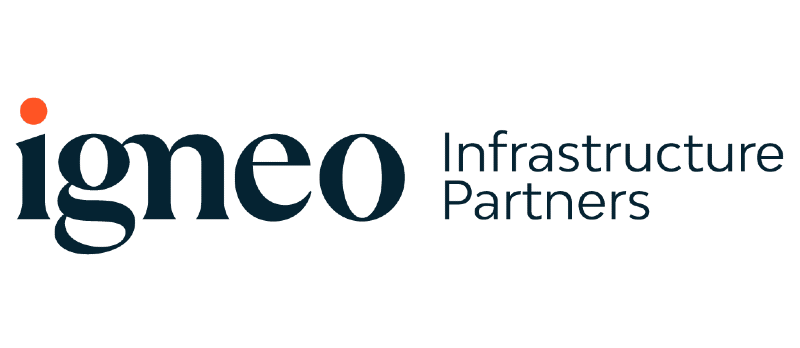
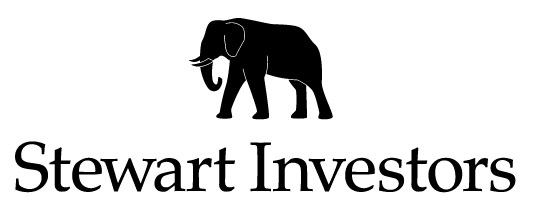

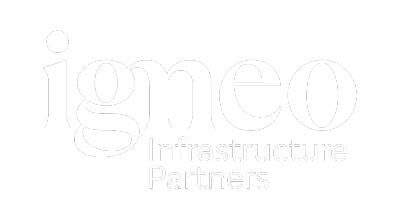

















 United Kingdom
United Kingdom 